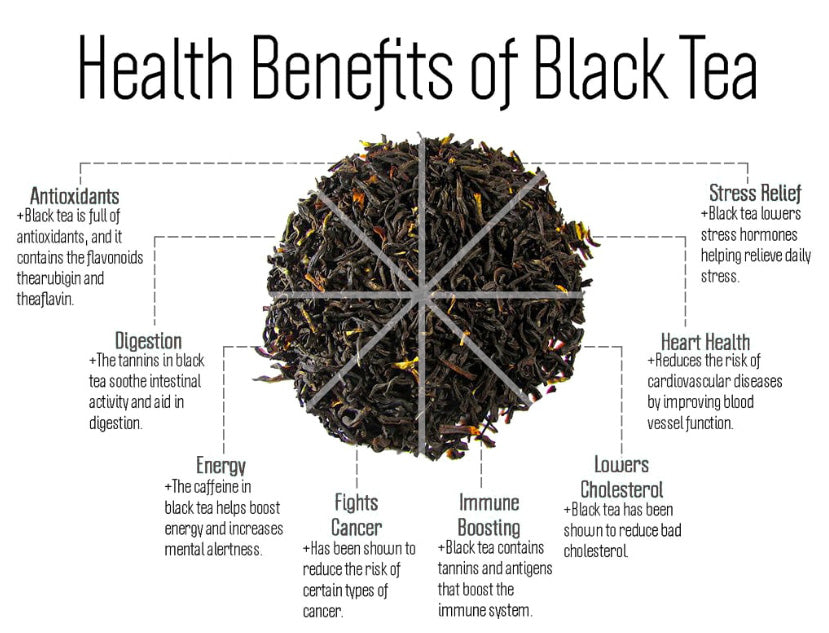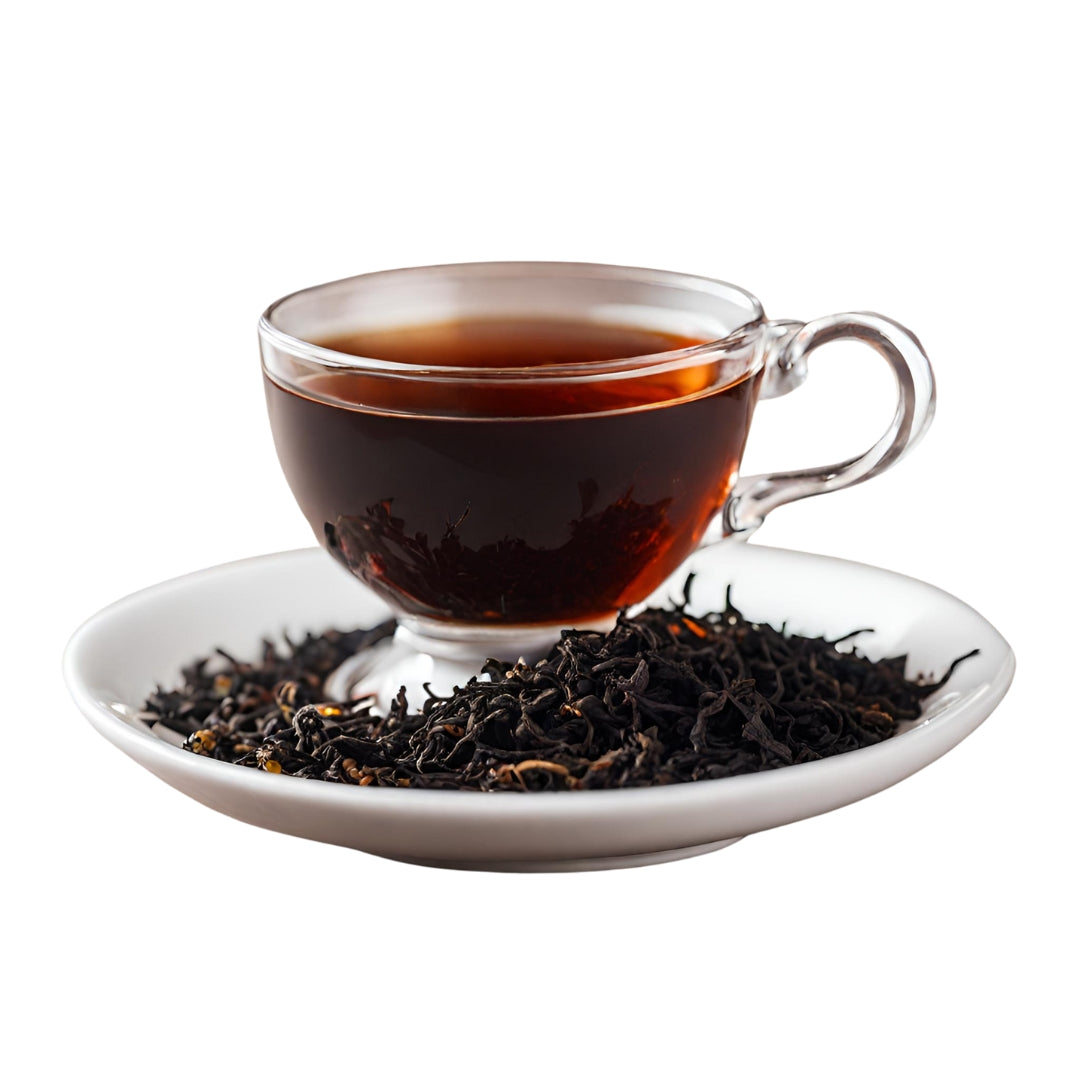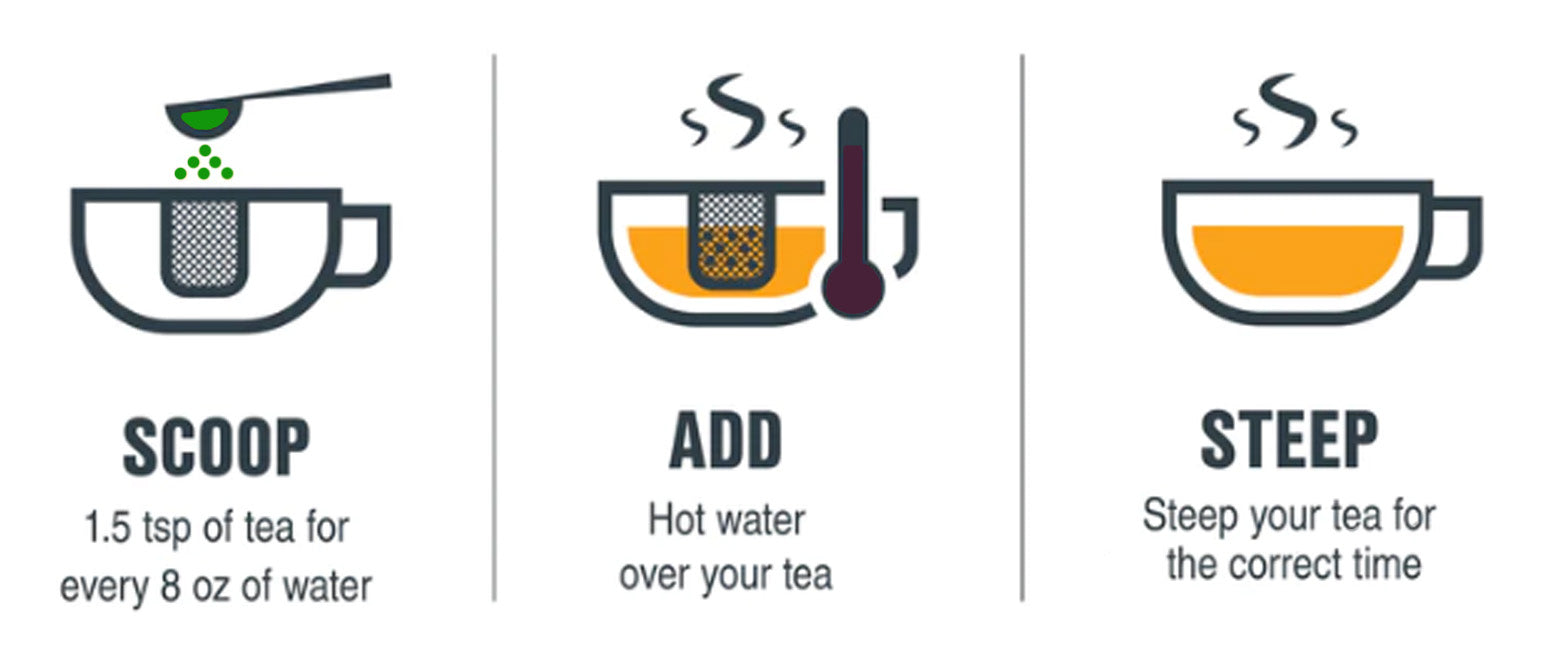Afternoon at the Palace
Afternoon at the Palace
Couldn't load pickup availability
Afternoon at the Palace is a signature blend, designed specifically to be enjoyed in the afternoon, it carries a refined, aromatic taste and just a hint of cocoa.
This Tea Palace exclusive was developed in 2005 to be served in our Notting Hill restaurant and has become a firm favourite with afternoon tea enthusiasts at many of the finest restaurants and hotels the UK.An aromatic blend of Darjeeling and Keemun black leaves, it is lively, bright and complex with slight muscatel tones and a luxurious cocoa finish, pairing excellently with both sweet and savoury dishes.


Story

About Afternoon Tea
It said that afternoon tea was popularised in the UK by Anna, 7th Duchess of Bedford, who lived in 1840s England where taking tea was a well-established pastime, entertainment and show of wealth throughout the nobility.
Afternoon tea at this time would have consisted only of tea or other drinks along with entertainment and was not served with food. In 1840, it was a particular fashion for the evening meal to be served particularly late - at 8pm and so there was a long period between lunch and the evening meal without any food. Anna one afternoon decided that she wouldn't wait until 8pm to eat and asked for small cakes and sandwiches to be served along with her tea, which seemingly caused a stir amongst the hungry ladies of high society!
This introduction of a "pause" during the day caused a resurgence in the popularity of tea as a noble past time, with hotels and speciality tea rooms also jumping on the trend in order to offer a way for those partaking to do so in luxury whilst socialising and showing off their wealth and status in public. Afternoon tea service also became ubiquitous in wealthy homes at 4pm each afternoon; a tradition still observed in the many palaces and stately homes dotted throughout the UK.
Today, afternoon tea is generally enjoyed outside of the home in the aforementioned hotels, tea rooms and stately homes, and for good reason. These institutions have refined the afternoon tea to almost an artform with teams dedicated to perfect tea (many of which serve Tea Palace teas), perfect service and increasingly decorative and innovative sandwiches and desserts for a truly luxurious experience.
Product Information
To Enjoy
Place one teaspoon or teabag per cup into an infuser, filter or teapot. Add freshly boiled water and infuse for 4 minutes. Serve immediately or remove leaves to prevent spoiling. May be enjoyed with milk or lemon to taste.
Ingredients
Ingredients
Black Tea.
Allergens Note: All products are packed in an environment that contains nuts and other allergens.
Our Sizes Explained
Caddies
Caddies

Standard Caddy
Our bespoke white and lilac caddy is the perfect way to keep your infusion fresh.
Contains enough for approximately 40 cups of happiness.
Refill Pouch
Refill Pouch

The refill carton, available in Standard and Large, is a perfect, environmentally friendly way to replenish your Tea Palace Caddies.
Contains enough for approximately 40 cups (Standard) or 60 cups (Large) of one of our infusions.
Sample Caddy
Sample Caddy

Our small sample size caddy weighs 45g and is the perfect way to try a new infusion or multiple different blends.
It contains enough for approximately 10 cups of goodness.
Share

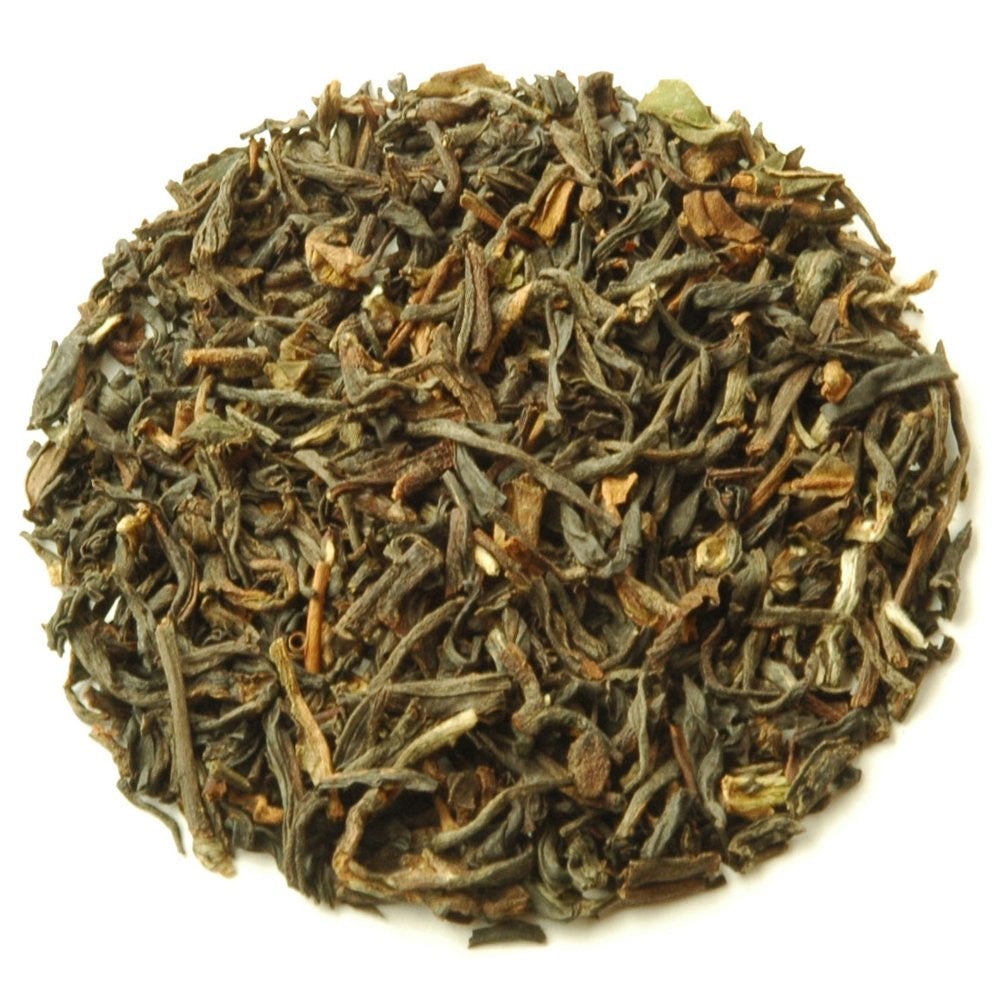
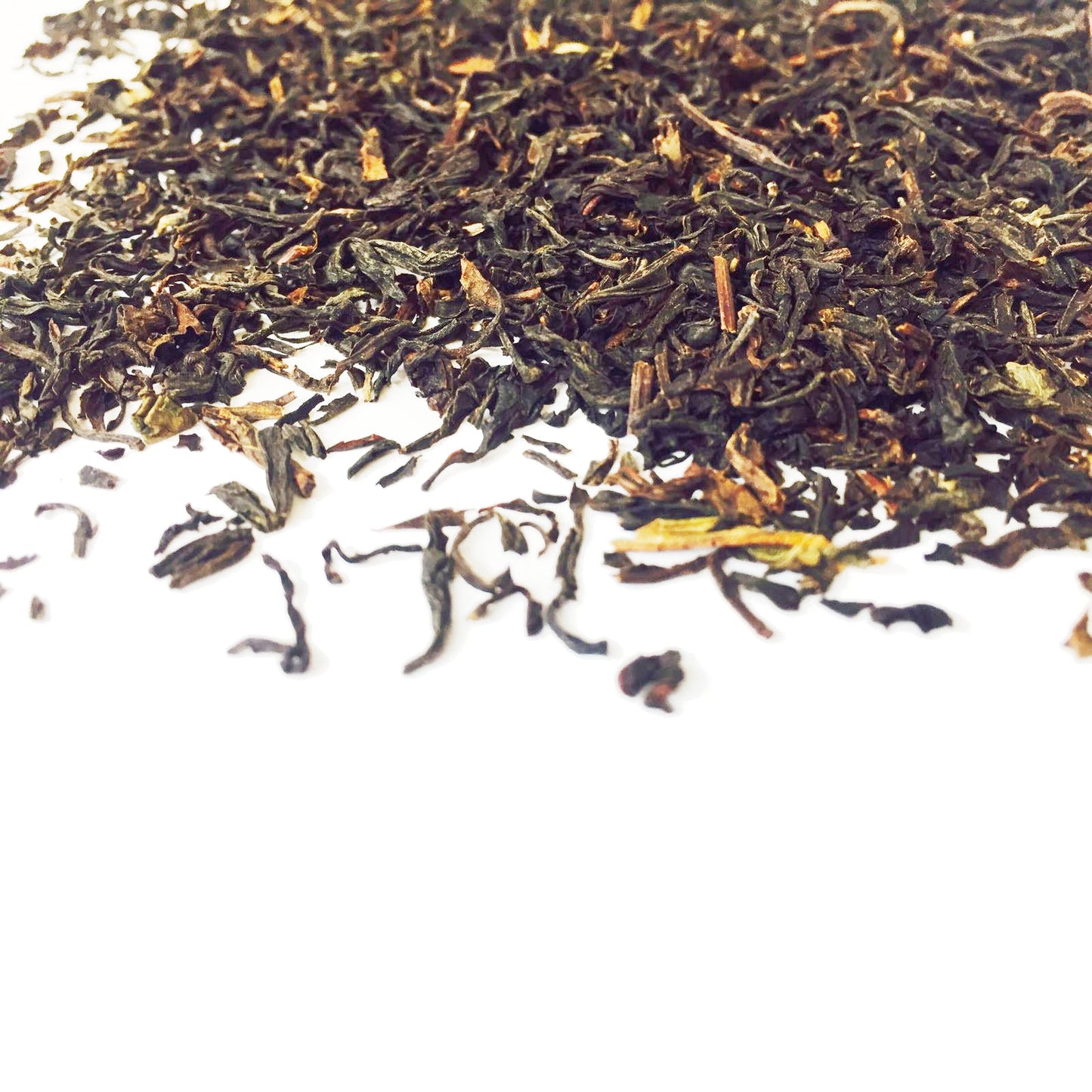
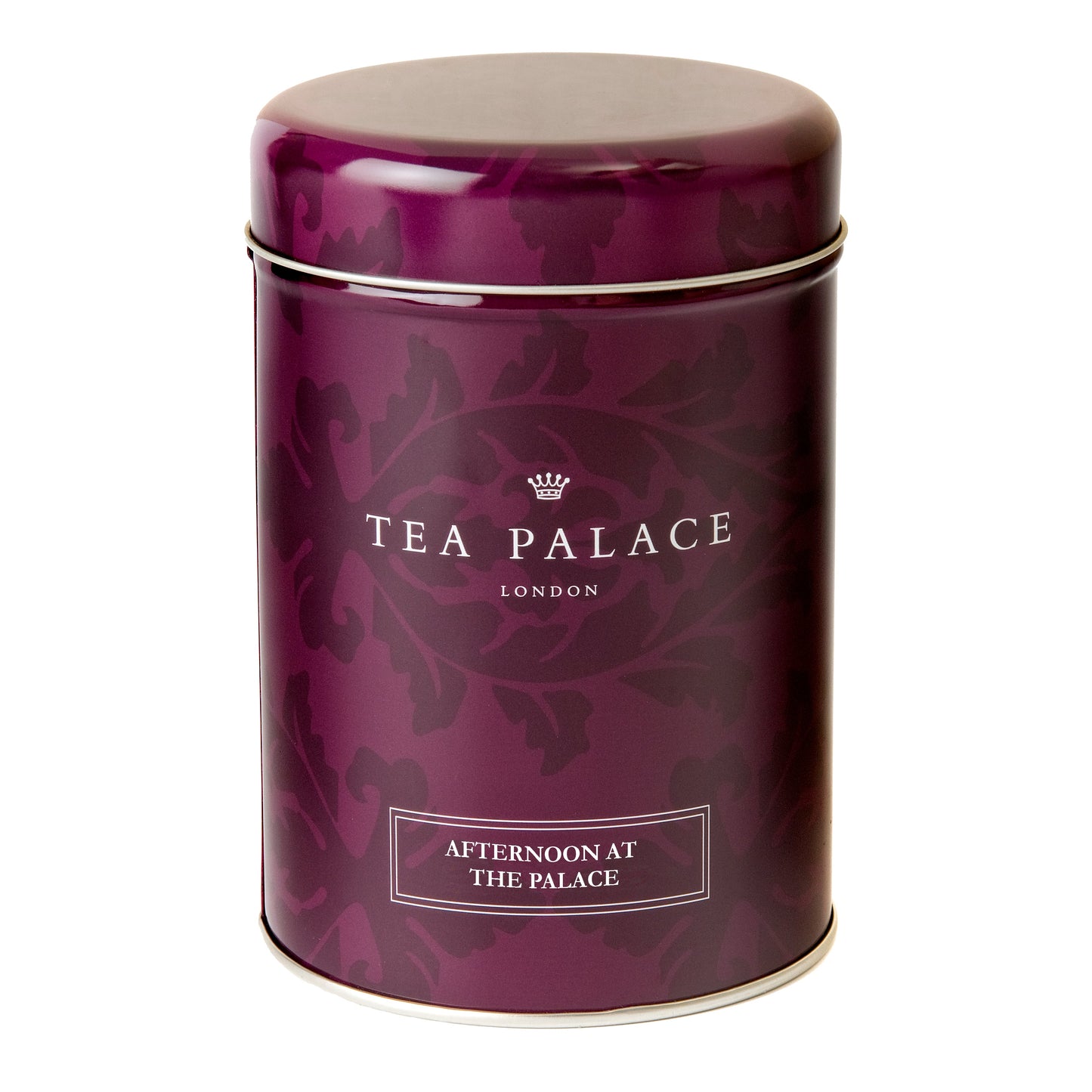




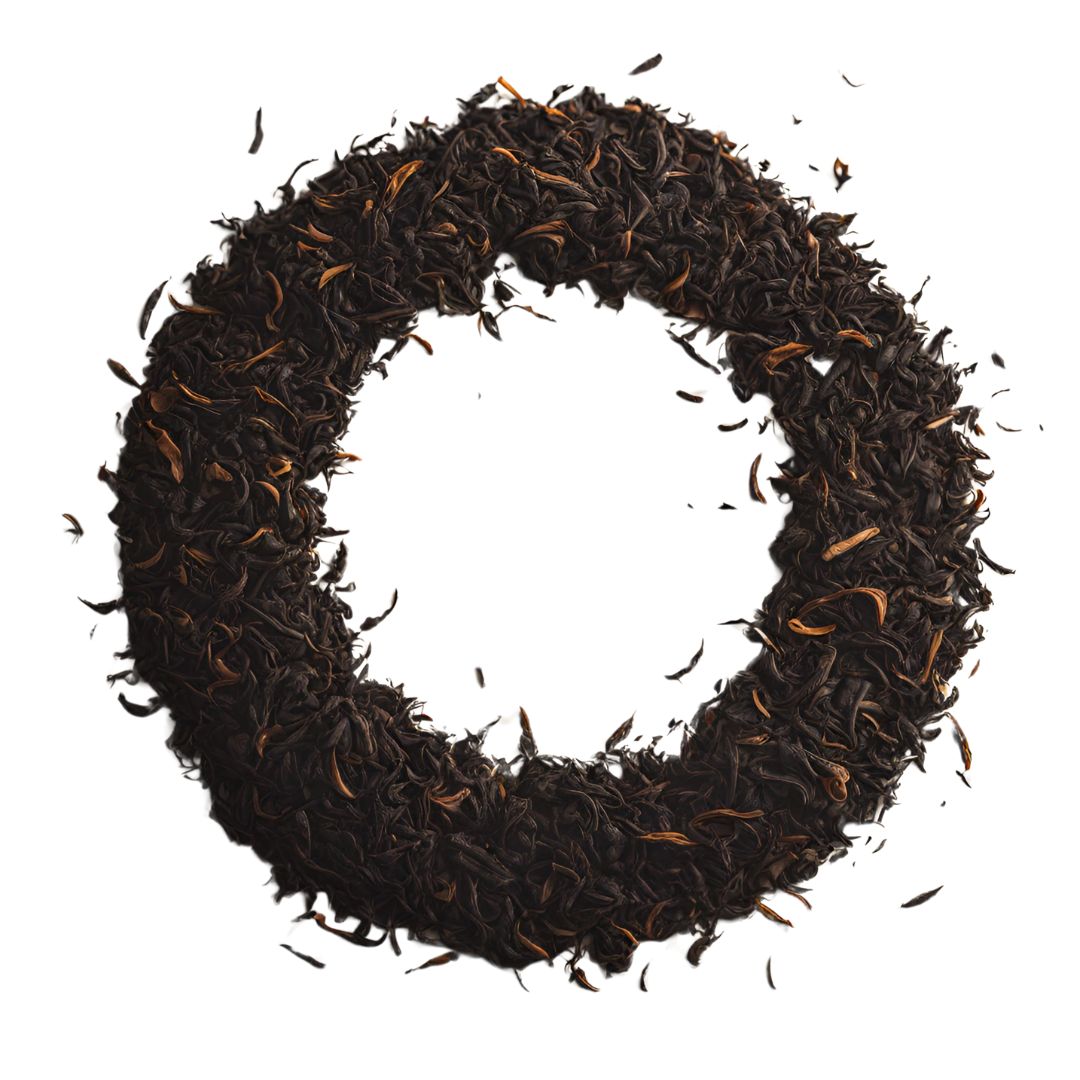
About Afternoon Tea
It said that afternoon tea was popularised in the UK by Anna, 7th Duchess of Bedford, who lived in 1840s England where taking tea was a well-established pastime, entertainment and show of wealth throughout the nobility.
Afternoon tea at this time would have consisted only of tea or other drinks along with entertainment and was not served with food. In 1840, it was a particular fashion for the evening meal to be served particularly late - at 8pm and so there was a long period between lunch and the evening meal without any food. Anna one afternoon decided that she wouldn't wait until 8pm to eat and asked for small cakes and sandwiches to be served along with her tea, which seemingly caused a stir amongst the hungry ladies of high society.
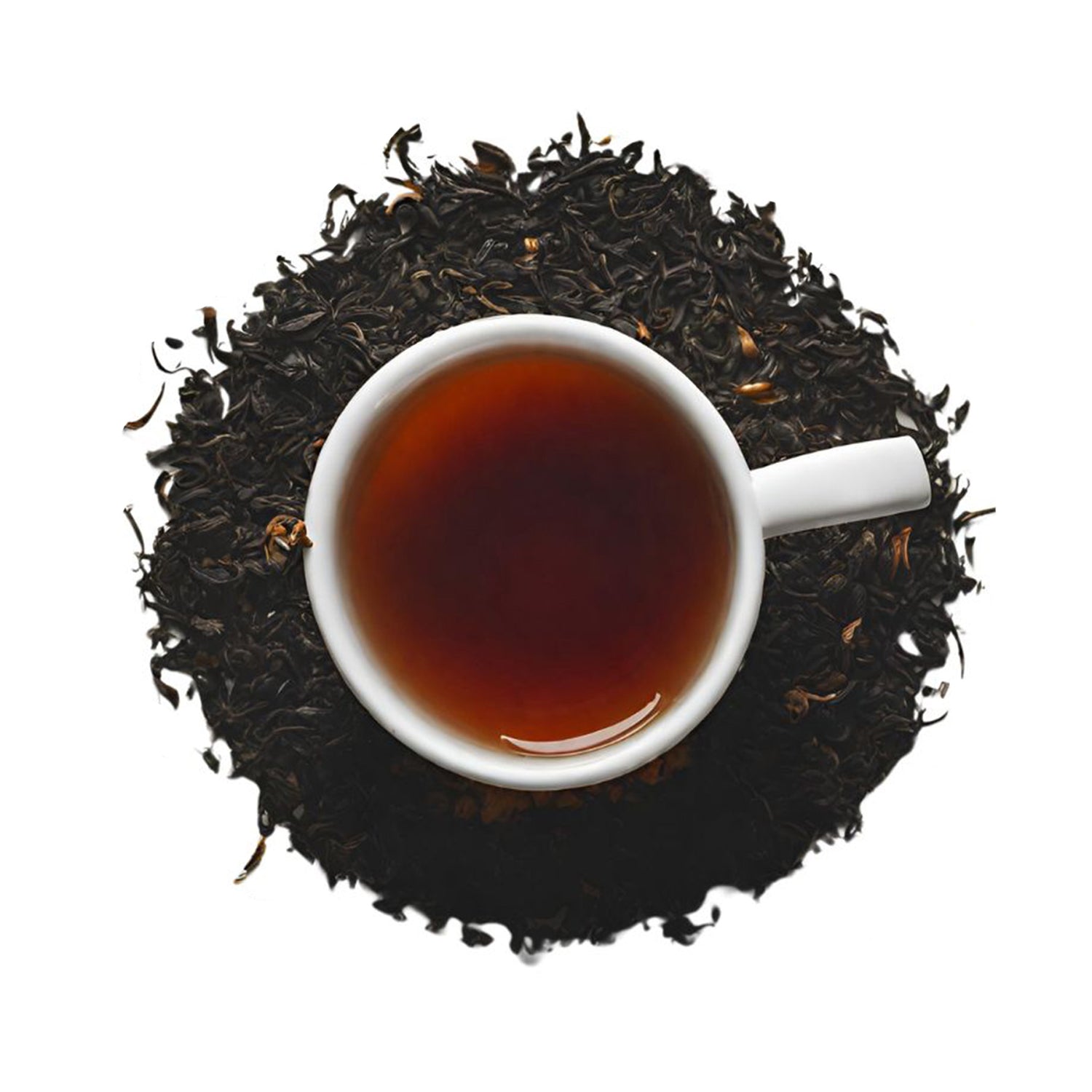
This introduction of a "pause" during the day caused a resurgence in the popularity of tea as a noble past time, with hotels and speciality tea rooms also jumping on the trend in order to offer a way for those partaking to do so in luxury whilst socialising and showing off their wealth and status in public. Afternoon tea service also became ubiquitous in wealthy homes at 4pm each afternoon; a tradition still observed in the many palaces and stately homes dotted throughout the UK.
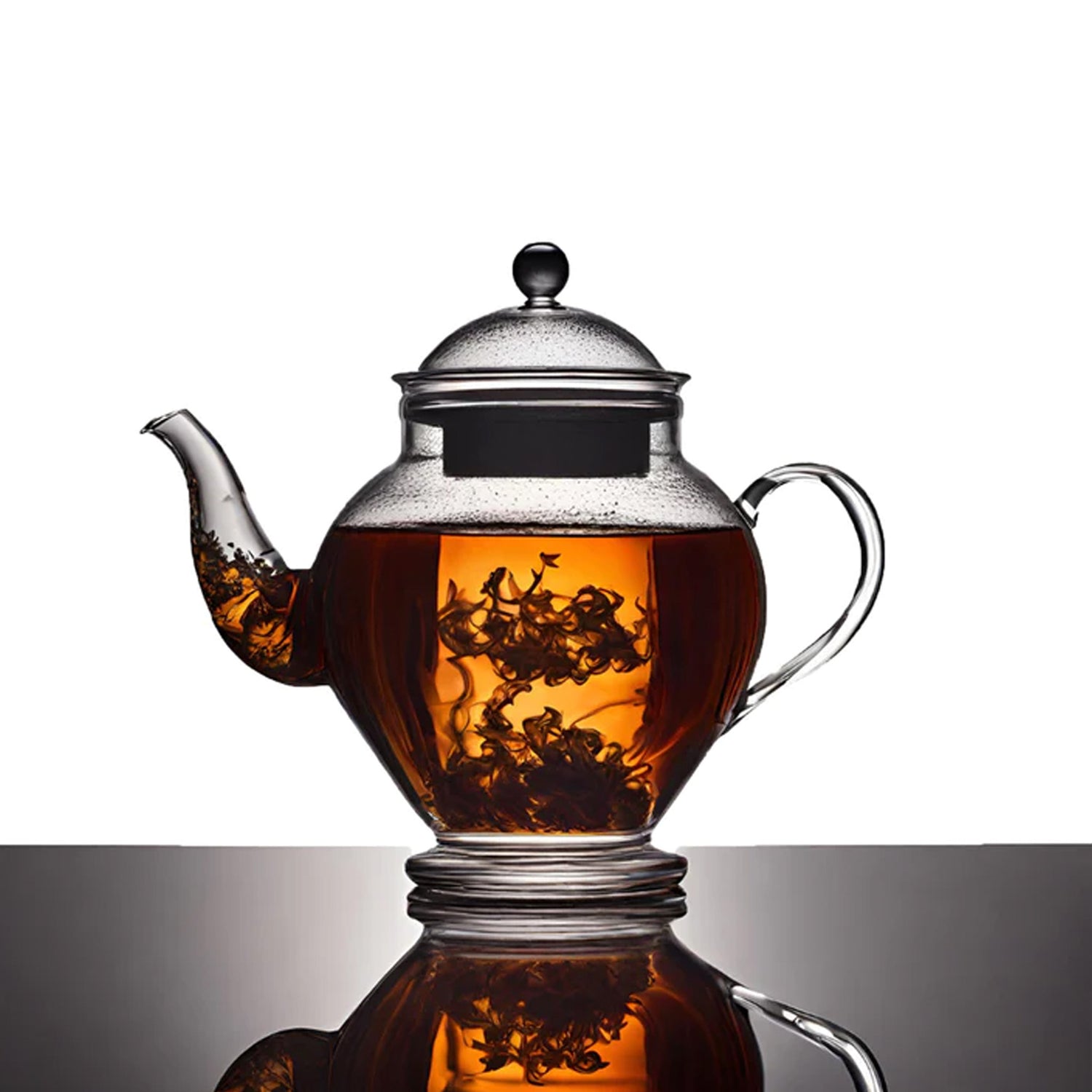
Today, afternoon tea is generally enjoyed outside of the home in the aforementioned hotels, tea rooms and stately homes, and for good reason. These institutions have refined the afternoon tea to almost an artform with teams dedicated to perfect tea (many of which serve Tea Palace teas), perfect service and increasingly decorative and innovative sandwiches and desserts for a truly luxurious experience.
